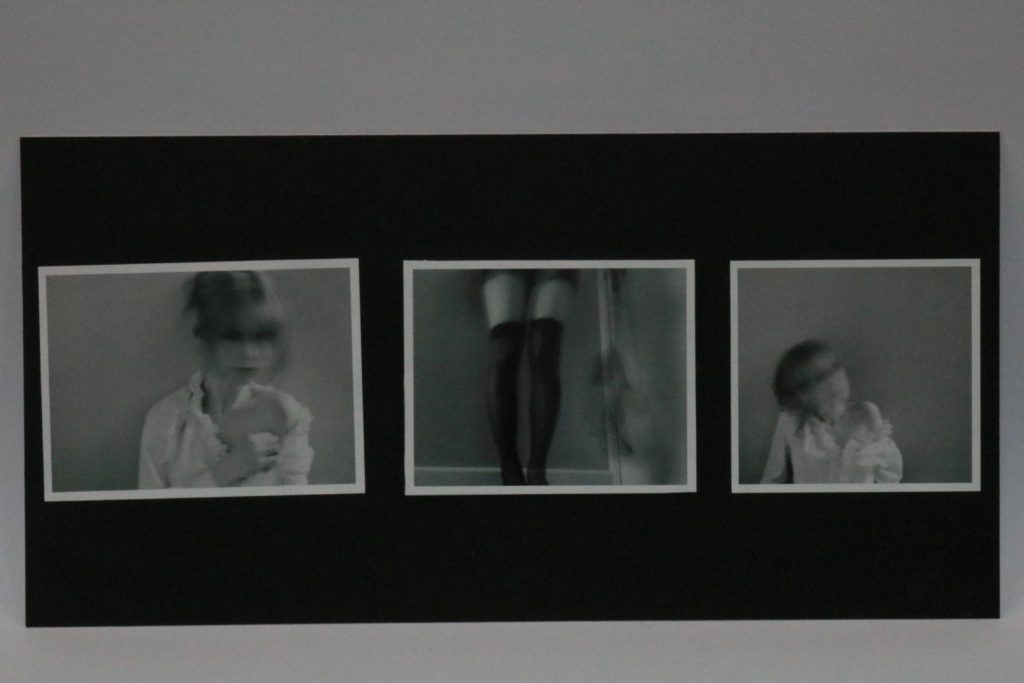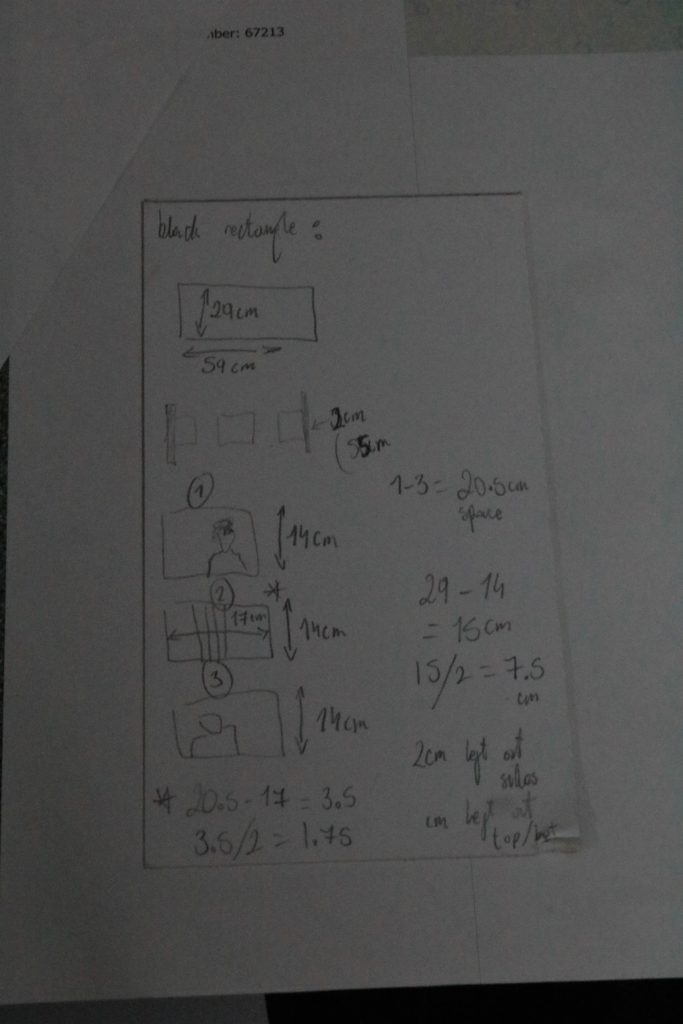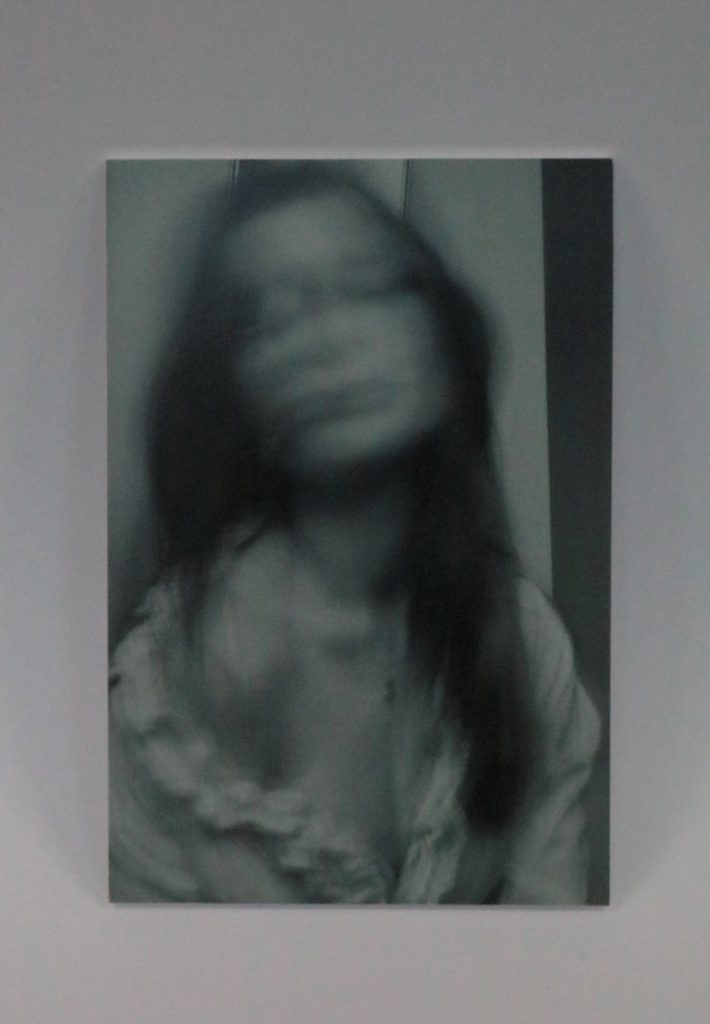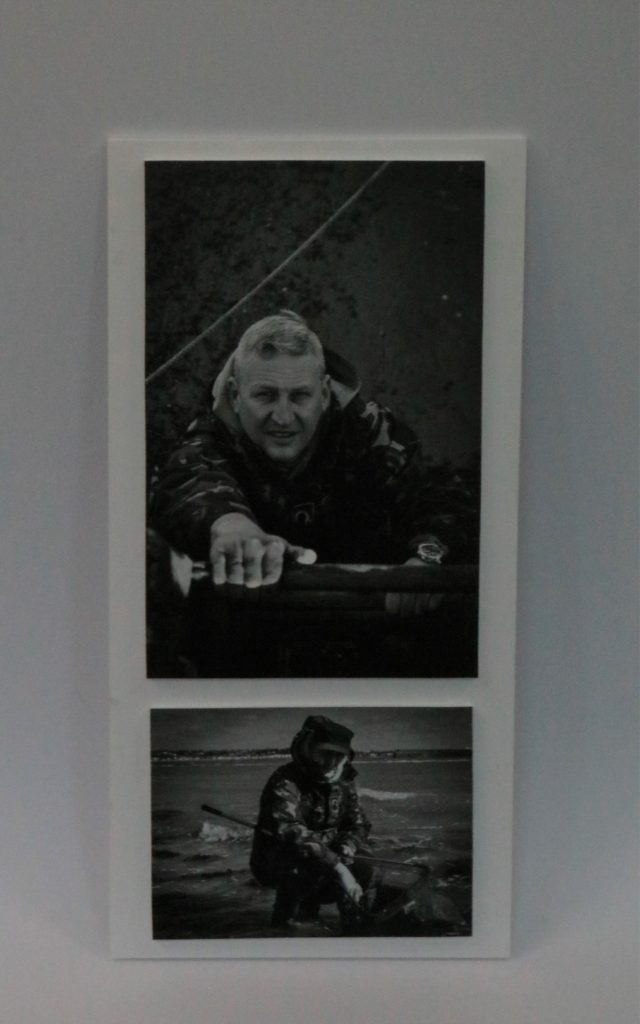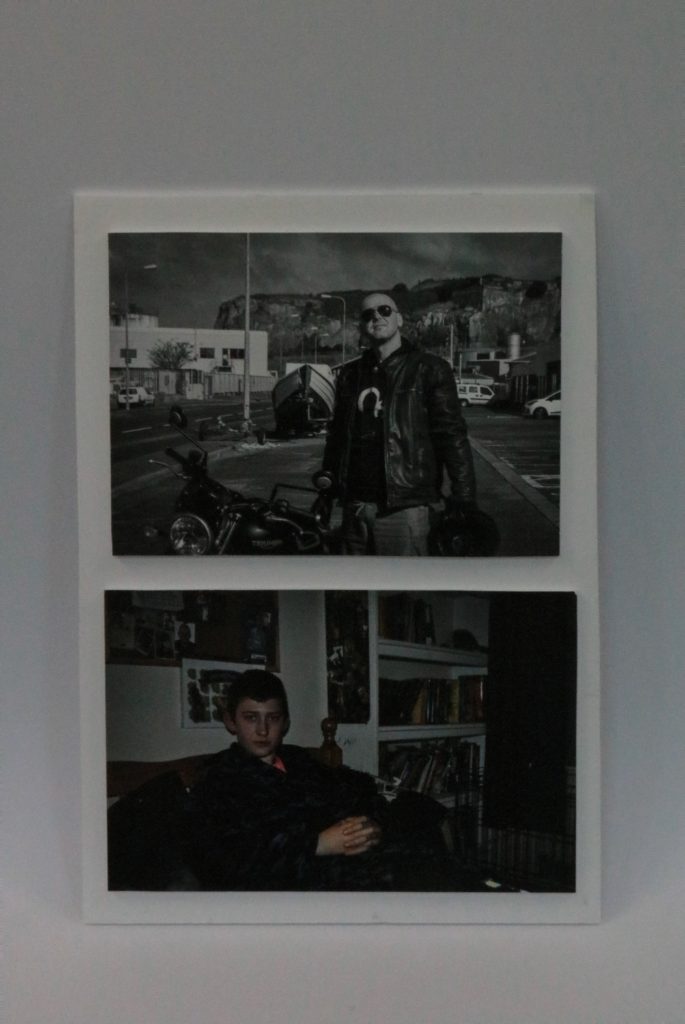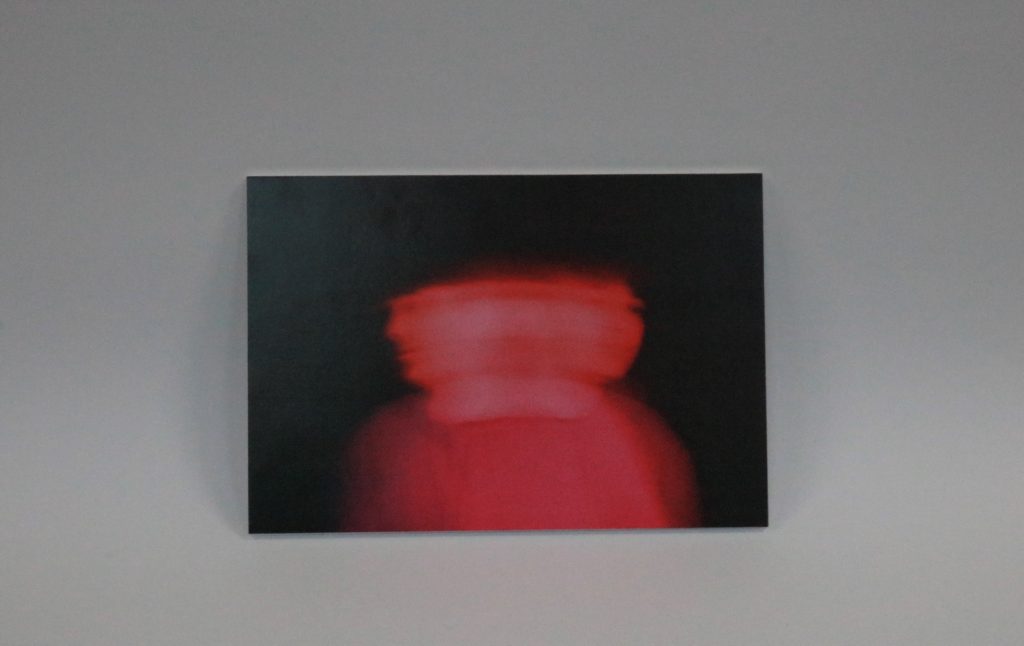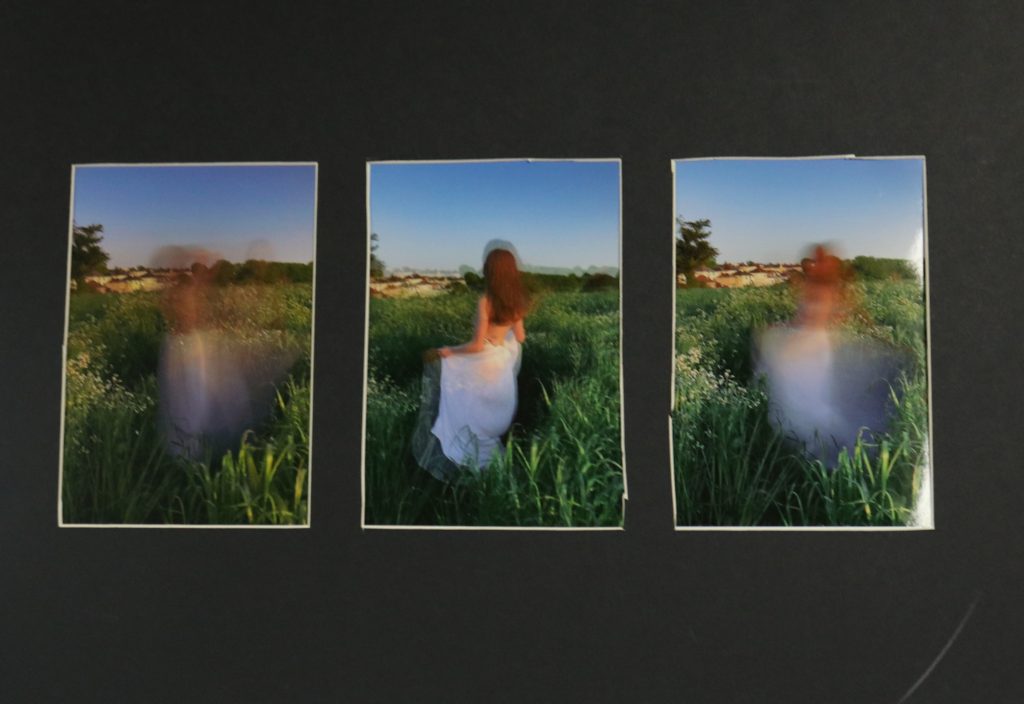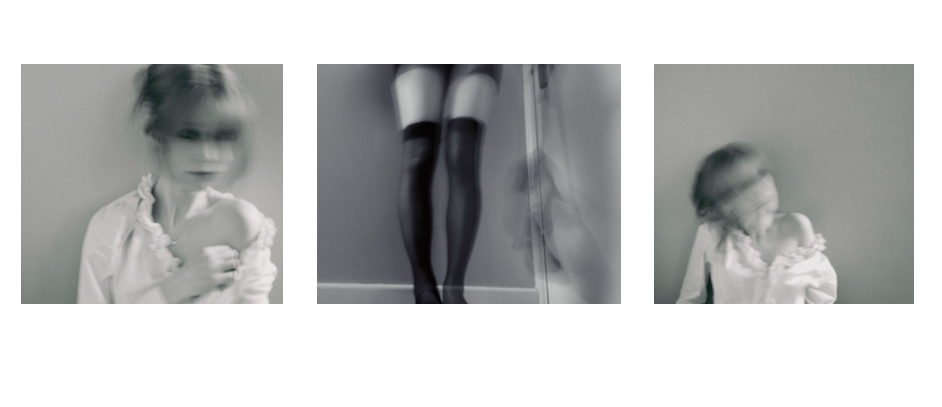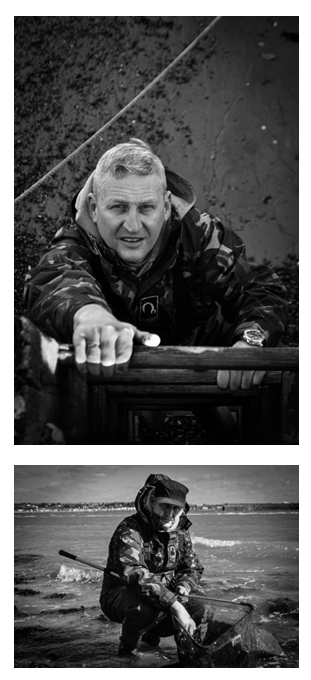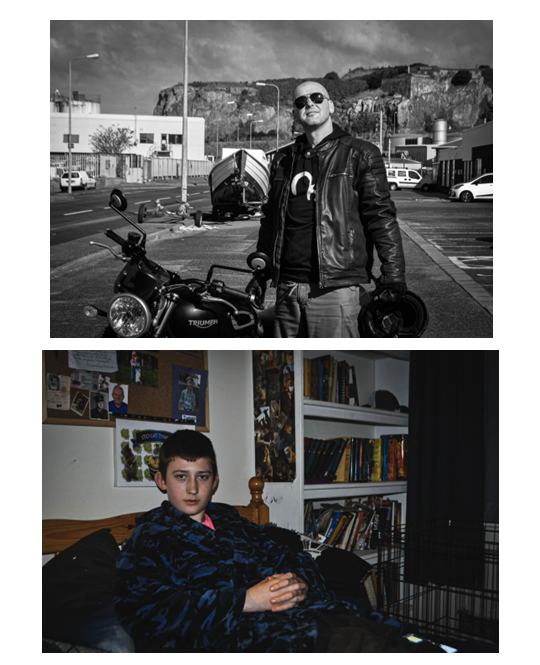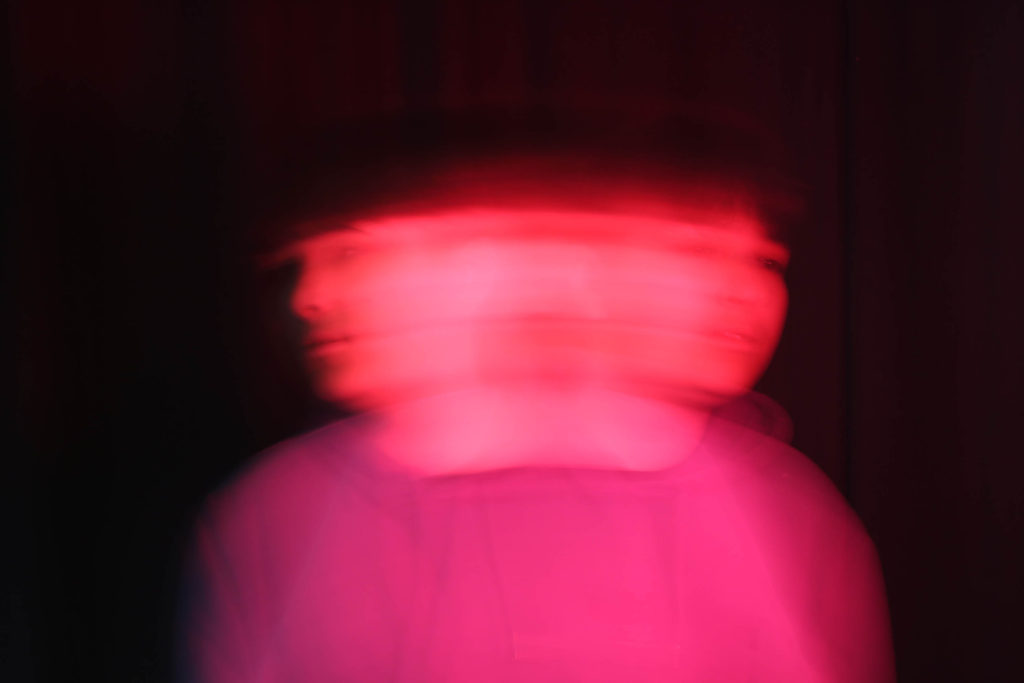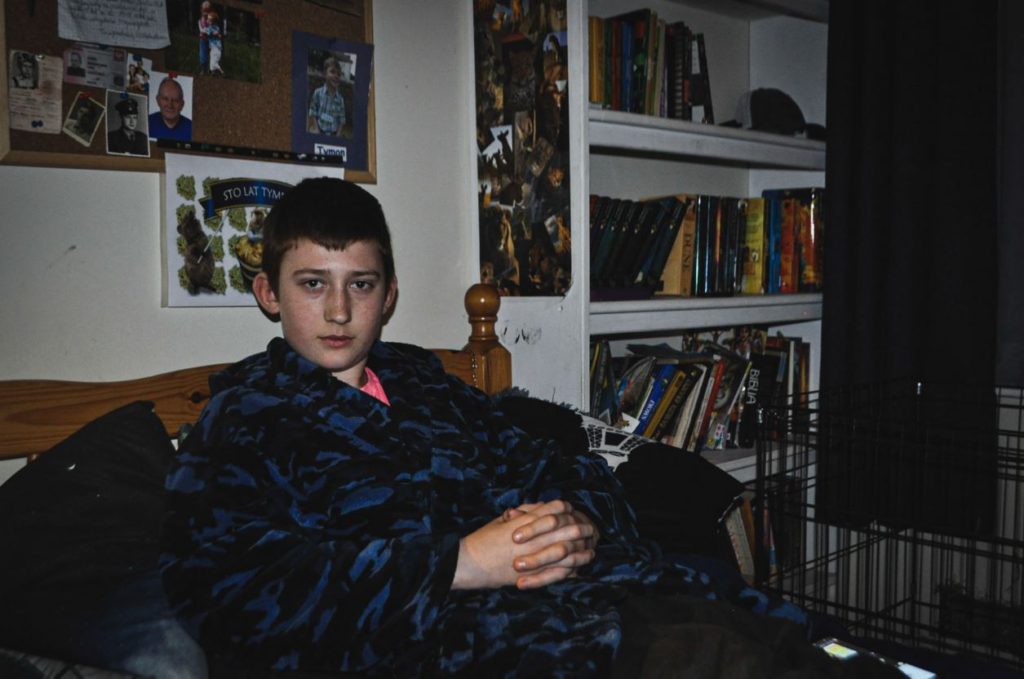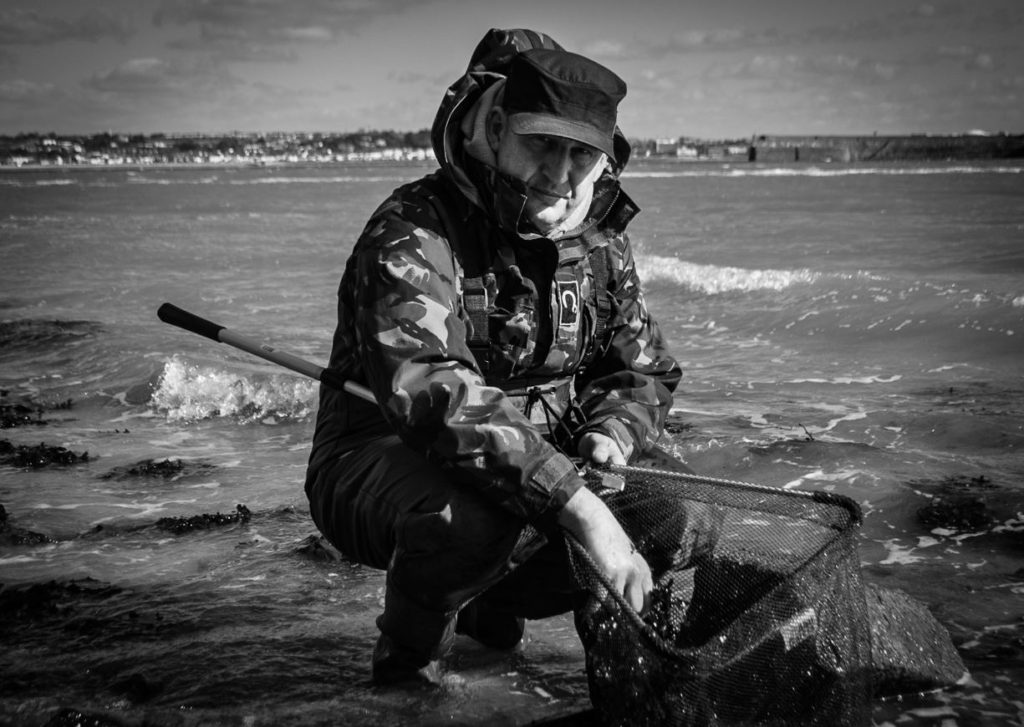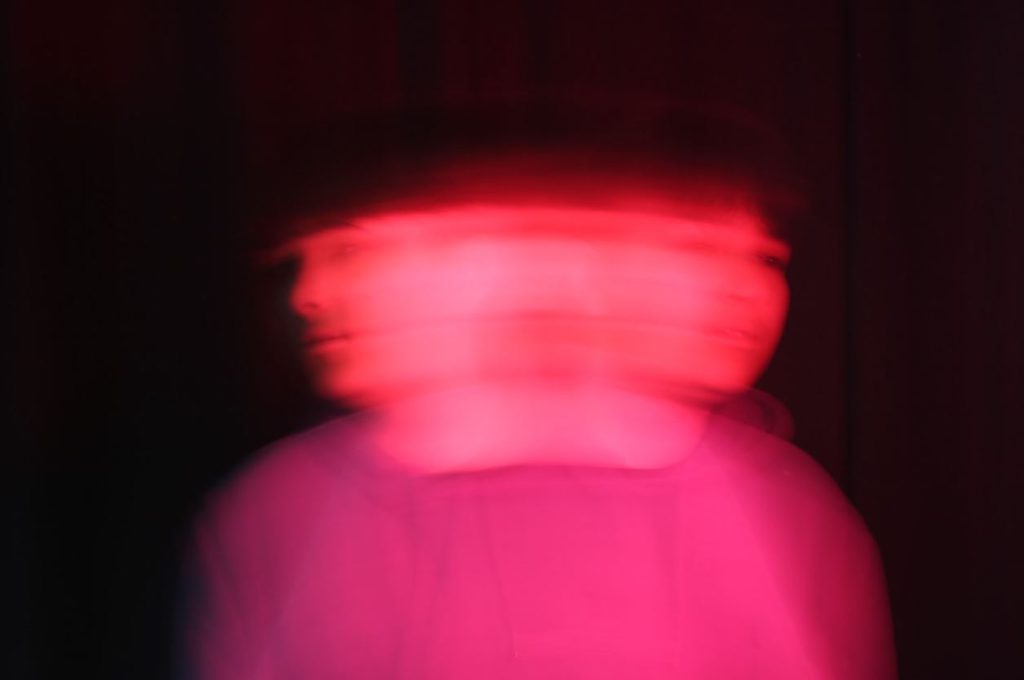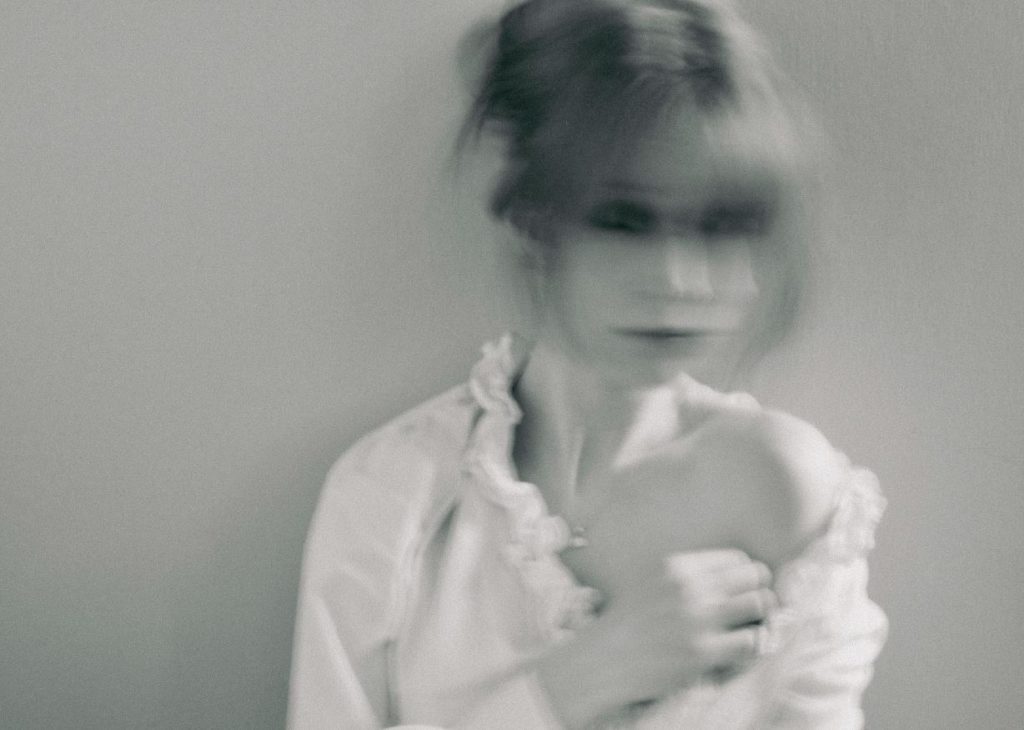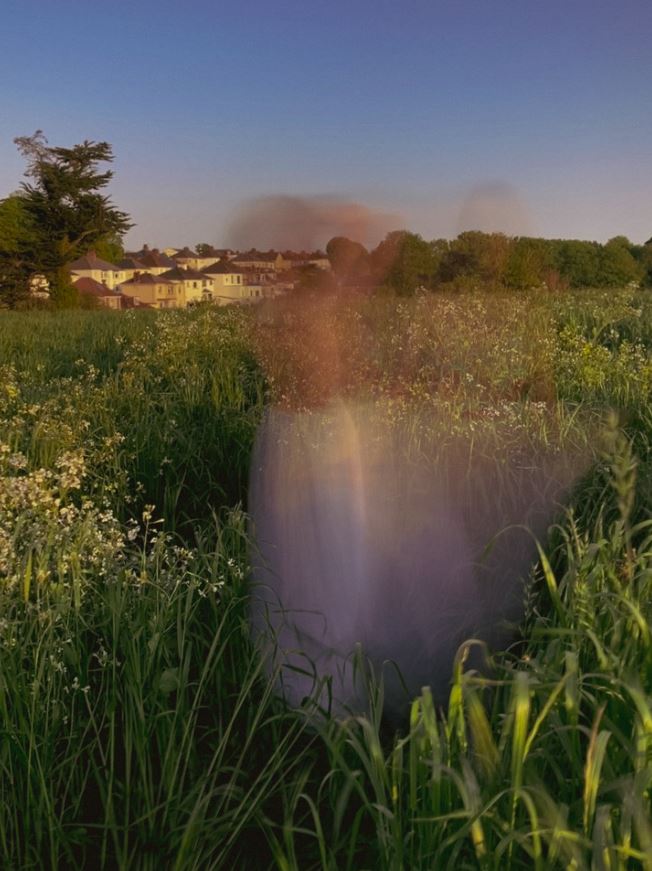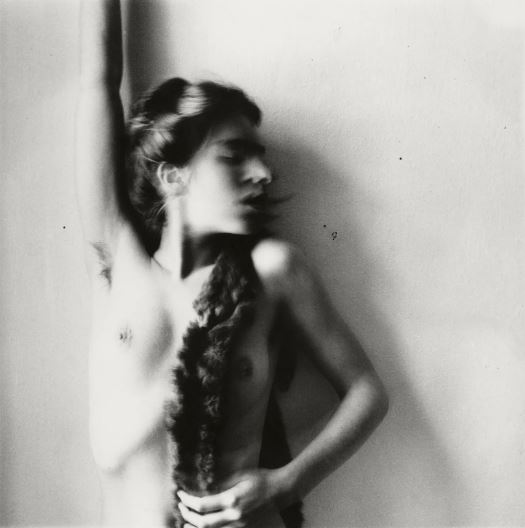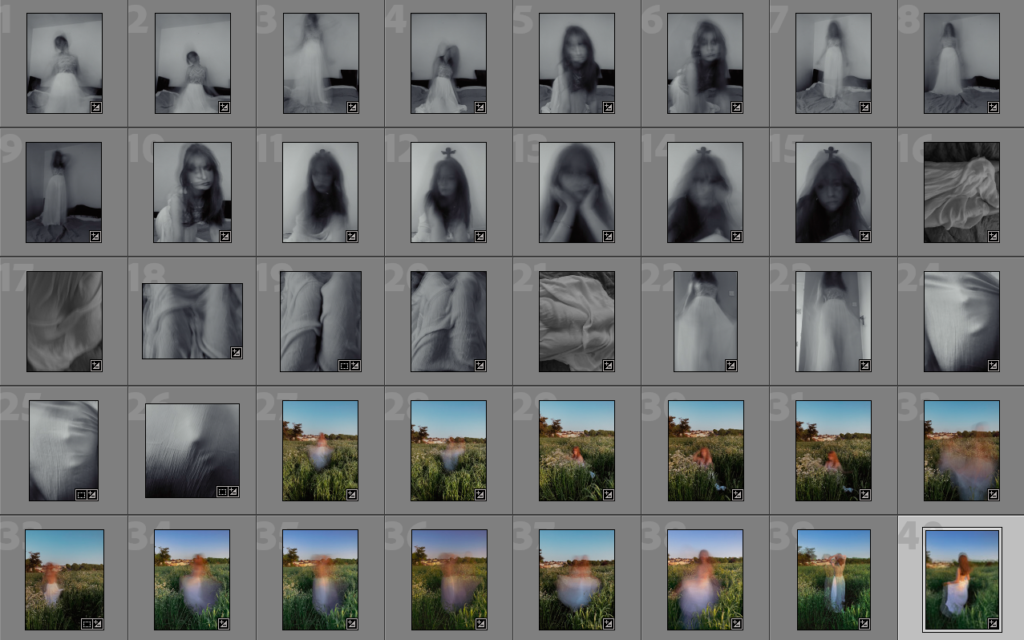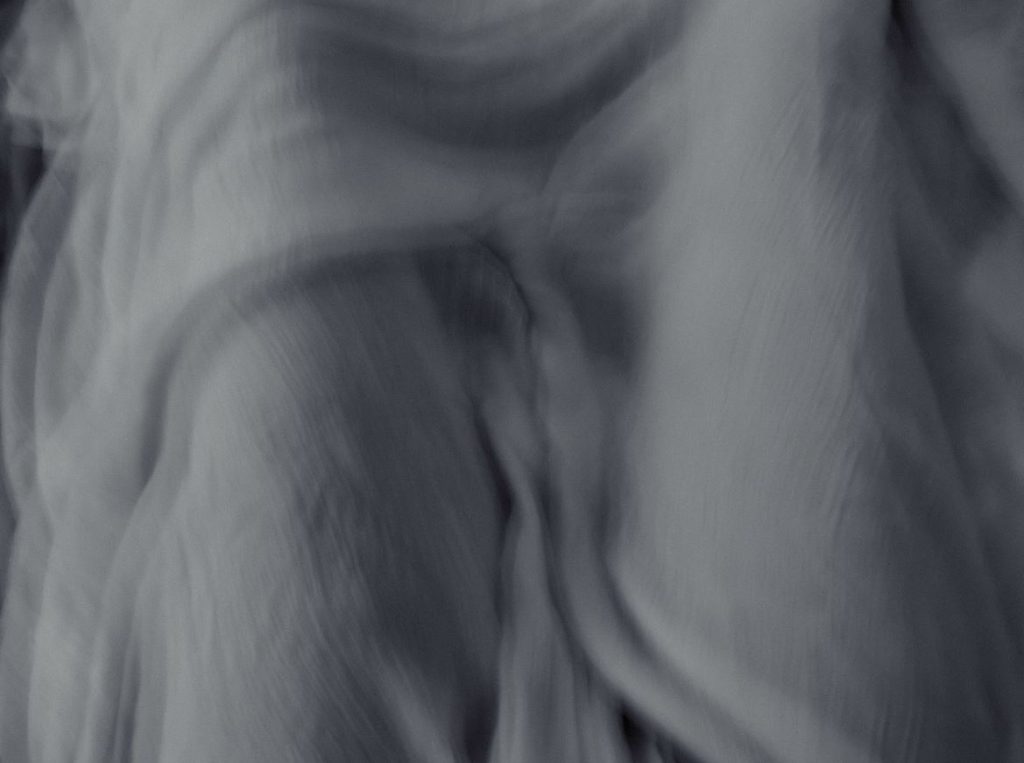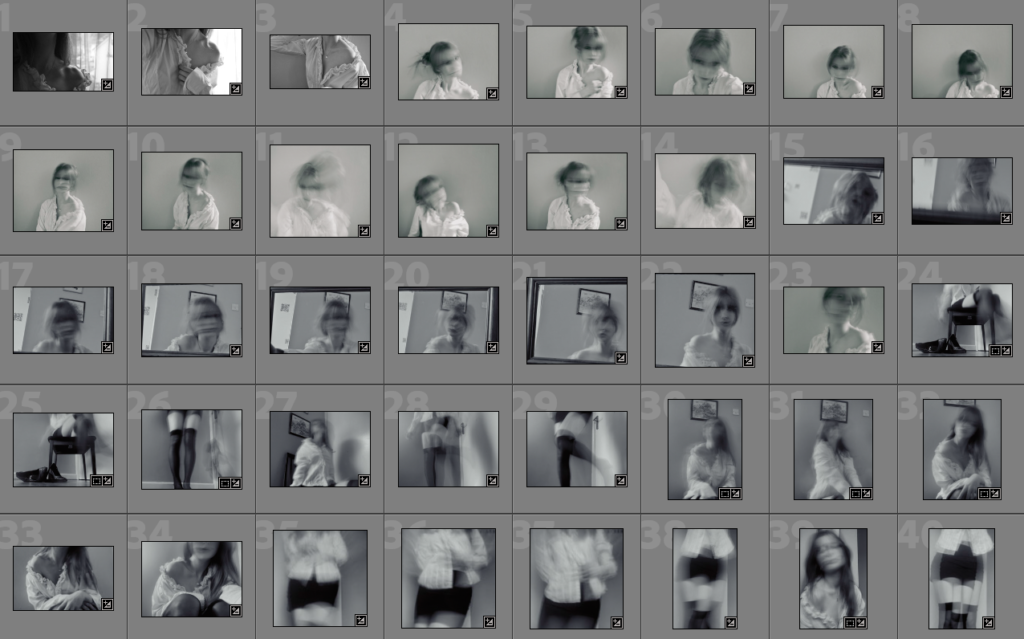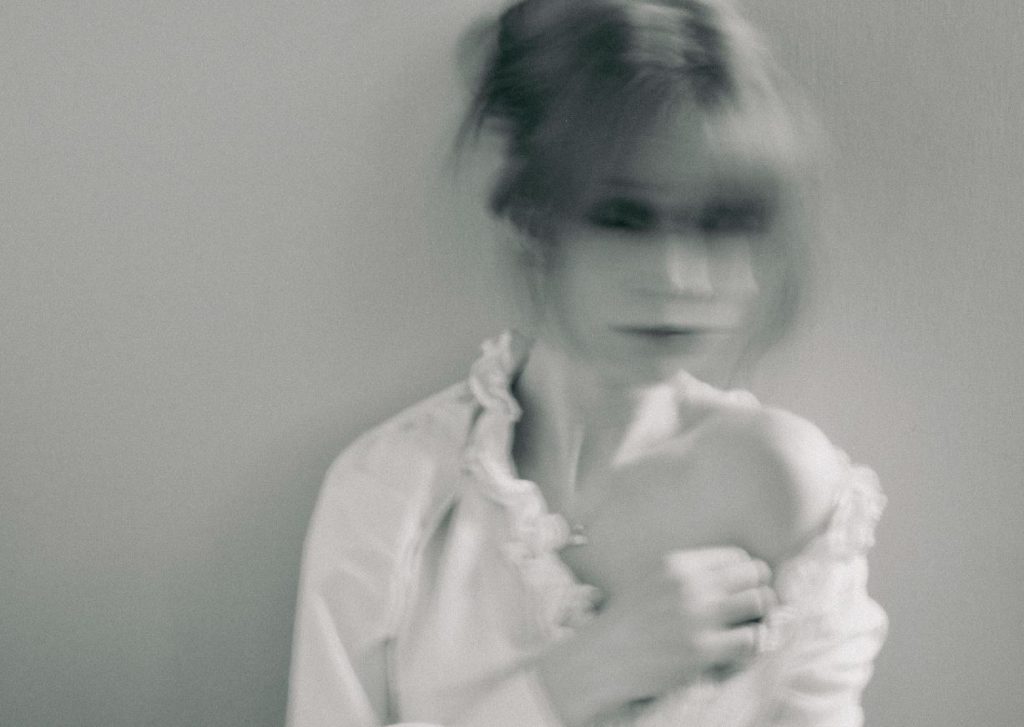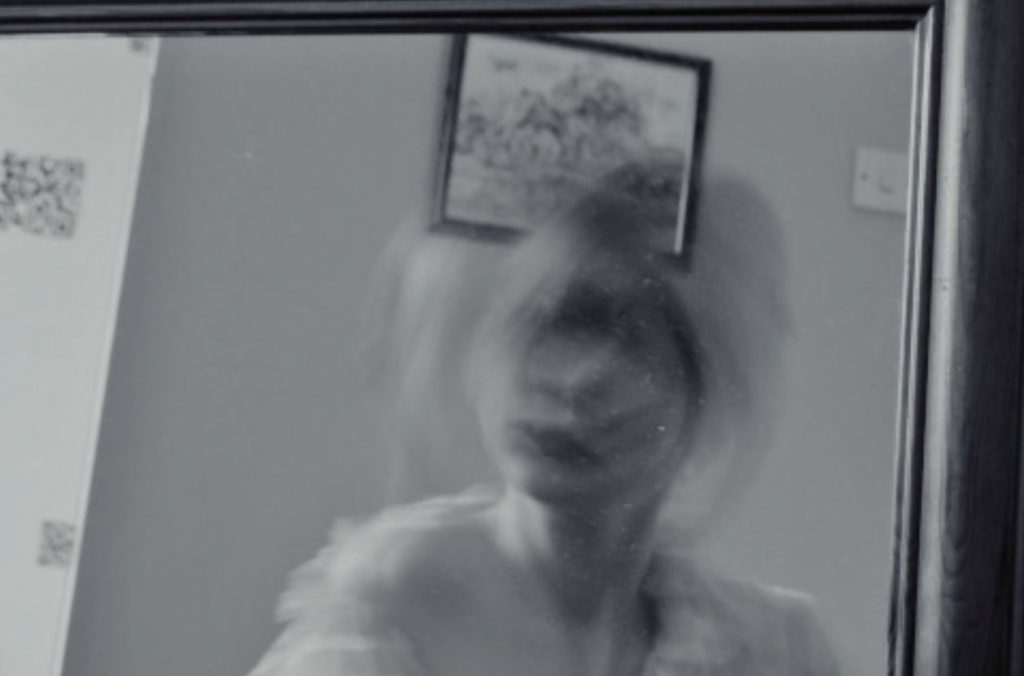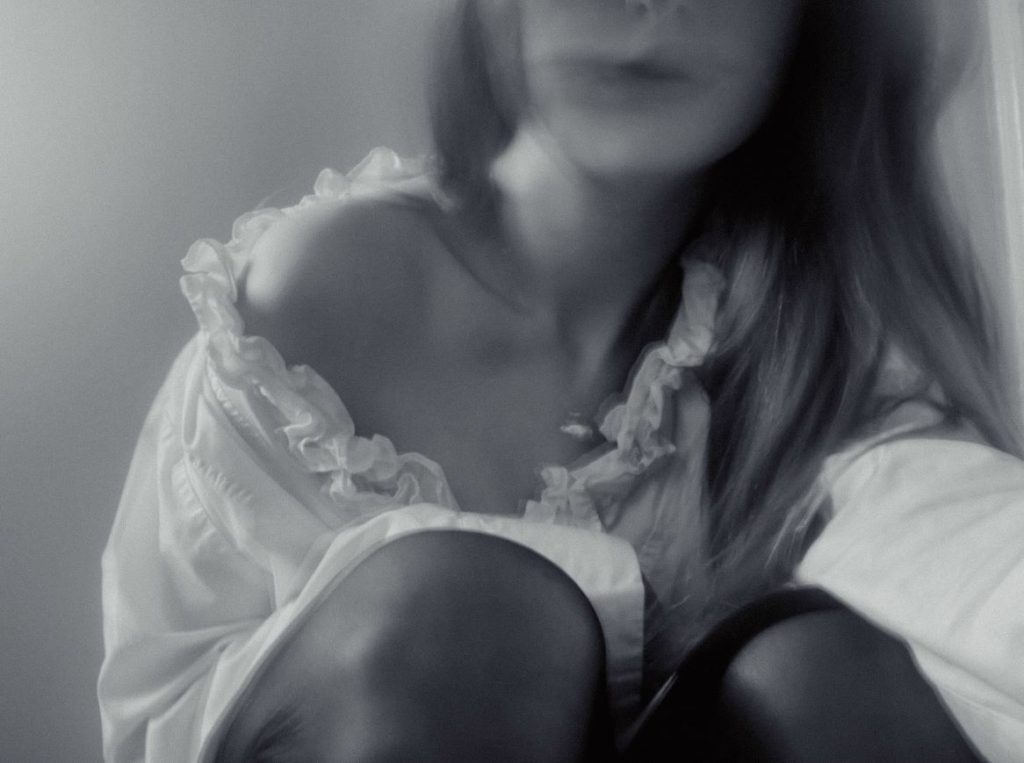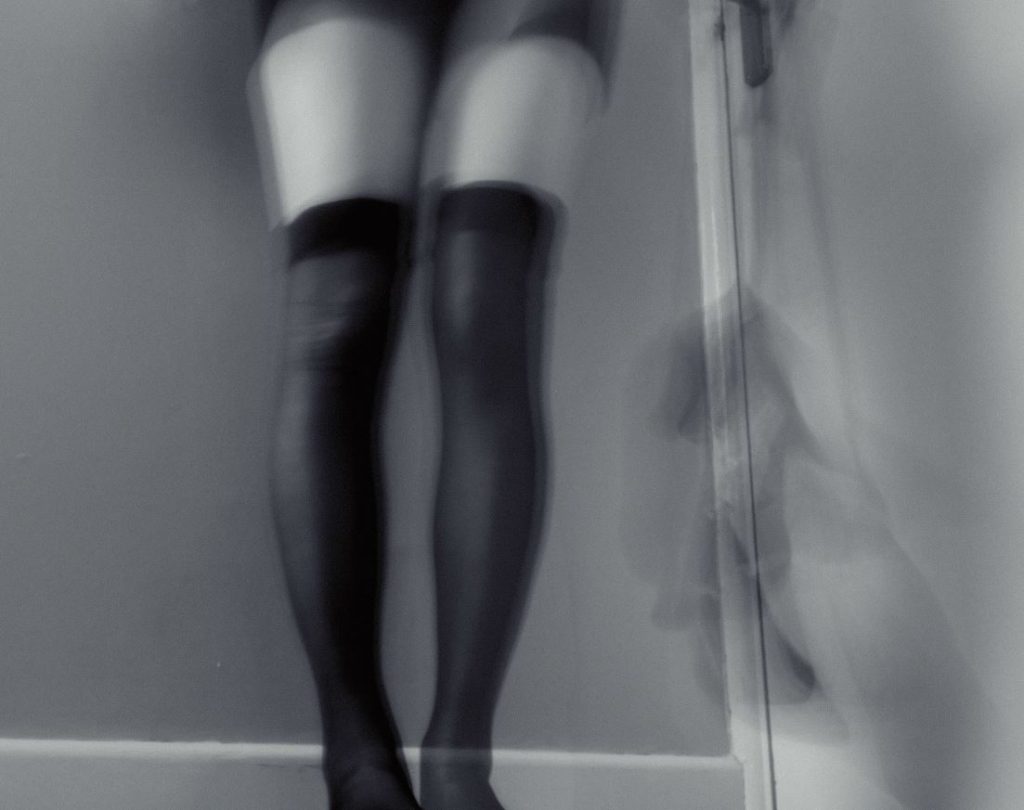I think my Portrait Project turned out well and I found it very interesting, as they helped me explore different styles of portrait photography, as well as my own specific style. I think an area of my project that went well were my artist references as I became very inspired by them (especially Francesca Woodman) which made me do quite a lot of research on them. I think my photoshoot responses also linked in well with different topics, especially the femininity topic, helping me explore new techniques and and the complexity of taking portraits of others and myself. I think I was also successful in conveying a meaning through my photos, making my work more detailed and deep, especially in the femininity topic. Although finding it challenging, I explore taking photos in very different environments (like in the environmental portrait topic), and this helped my create a wider variety of responses. I believe my final outcomes are successful as they matched with each topic and showed how I can be diverse with the camera. My mounting was also quite successful, the layouts I decided turning out well and enhancing the effectiveness of the photos. Using foamboard was a good idea as it elevated my photos in a simple way.
I think I also developed my plans for parts of the project in a successful manner, as it helped me later on in the project and therefore gave me more time to focus on explaining my thoughts (like for example during the femininity photoshoots). I think this project turned out quite personal, using close friends and family for the environmental and headshots topics, as well as myself for the entire femininity and identity topic. This helped my create meaning within the photos which I believe made my outcomes stronger. I wanted the images to be more than visual pieces of media, but also something that told a piece of a story.
I was very inspired by many of the photographers I studied, especially Francesca Woodman (femininity and identity topic) and Alec Soth (environmental portraiture topic). They taught me very different techniques, but both of them also focussed on context which I found very interesting. Soth focussed on the background of his model, using clothes, accessories and different environments to create a depiction of their life story. Woodman posed nude for many of her pictures, in a range of poses that appeared both unhinged and beautiful. Her pictures portrayed her struggle with mental health, but still proving that was she in control of her body. Both of them are very unique photographers that I believe will continue to inspire me in the future. Moreover, I learned much more about depth of field (a technique Soth uses to put the focus on his models) and slow shutter speed (which helped Woodman create blurred and unique self- portraits). Identity was also a topic that this project helped me explore, as it showed me how photos can twist the truth and also show someone’s true self. Focussing on the femininity, self- portrait topic, I can also say that I analysed the concept of vulnerability, and how it is seen as a common negative stereotype of women, and how pictures can illustrate the idea of it in both a subtle and obvious manner. Moreover, this topic helped me realise how photos that portray vulnerability don’t equal to a representation of weakness, as some of such photos are some of the most powerful pictures I have ever seen.
There are aspects of this project I would wish to change however, and one of the main areas is experimenting more with the headshots topic, which I think would benefit my work. For the femininity vs masculinity project, I wish I had also explored masculinity as well as created photoshoots for this subtopic as I think it would cause my project to be more diverse and link in more with some of the artists I researched (like, for example, Claude Cahun). A technique aspect I would work on is composition and backgrounds, as at times I forgot to change it, and didn’t always end up with a completely black background which I think significantly influenced the effectiveness of my photos in a negative way. For the mounting aspect of the project, I wish my window mount was neater, to create a stronger outcome.


